
Fell Seal: Arbiter's Mark Review
There's been no shortage of different styles of tactical RPGs large and small in recent years. From Fire Emblem and XCOM to Banner Saga and Wargroove, strategy RPG fans have had a pick of the litter in many respects. One major exception to that premise is that Final Fantasy Tactics series, many of our first experiences with the genre, has been dormant since 2008's Final Fantasy Tactics A2: Grimoire of the Rift. While that sadly doesn't seem to be changing any time soon, Fell Seal: Arbiters' Mark is a worthy tribute that wears its FFT-heavy inspiration on its sleeve.
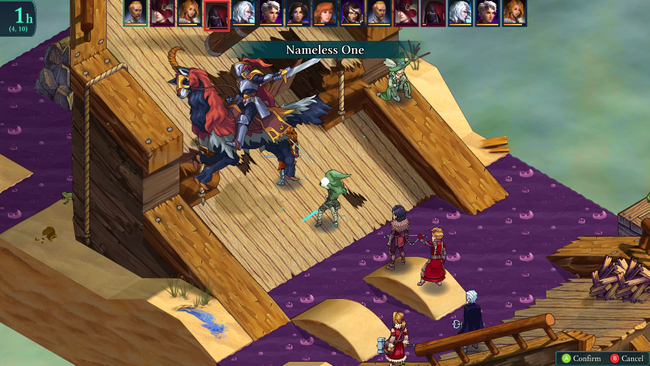
At its core, Fell Seal borrows a lot of ideas wholesale from both the original Final Fantasy Tactics as well as the two 'Advance' followups. From a radial class selection menu to ability selection criteria and the class design themselves, many of the callbacks to that series are intentionally overt -- many of the class names are even identical. It's been long enough gap since personally playing those games that I wasn't rubbed the wrong way by the level of imitation, but Fell Seal does find itself perched on a precarious ledge between homage and knock-off.
Two sets of class abilities can be selected at any given time, along with a pair of passive abilities from any class as well as one counter ability. This layout of skills when it comes to building unique characters is highly similar to the selection of Action, Reaction, and Movement abilities in the Tactics series of games. It was actually a bit nostalgic how similar builds could carry over from my high school summer days playing Tactics Advance, such as the dual wielding Templar having learned the required ability from Assassin, or the Double Casting Vessel -- Fell Seal's take on the classic Summoner.
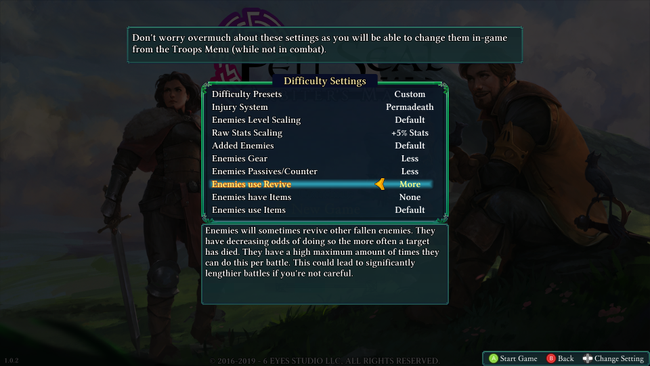
Fell Seal does have a pretty good selection of more unique classes as well, such as the spell casting Lich that uses HP instead of MP, or the condition imbuing Fellblade. Unlike Tactics Advance and more like the original Tactics, skills are learned simply by completing battles while as a certain class, each having a set of ten abilities that can then be slotted while playing as another class once mastered. All characters can access every class with only a very small number of exceptions. Unsurprisingly, some combinations have very little synergy while others can completely break the game.
At the outset, Fell Seal offers a surprisingly deep level of difficulty customization. Not only can pure stats be adjusted up and down, but so can permadeath mechanics as well as whether or not enemies can use items or revive. While I personally played on the default 'Veteran' preset which allows enemy revivals and item usage, the game could be made significantly easier or harder by making the requisite choices.
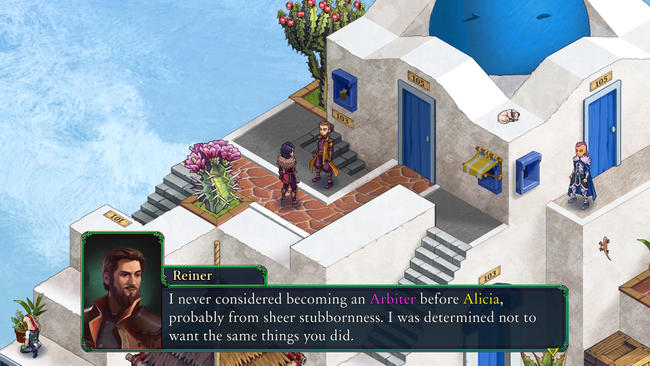
Fell Seal's plotline was easily the weakest aspect of my experience. A primary trio of characters, Kyrie, Anadine, and Reiner are all Arbiters -- knights of sorts that work for the governing Council of Immortals. Early on, Kyrie finds herself chosen by one of the Council members to go on a pilgrimage to Teora's 5 temples in order to obtain the power of several magical relics. None of the three characters are especially interesting with very few layers of personality, and the plot is remarkably uninspired.
While these drawbacks are not the focus of the game and I found myself still able to enjoy the combat loop and build crafting, its a far cry from the political intrigue of the War of the Lions. The general theme and tonality of Fell Seal is more similar to Tactics Advance, but I would argue that it still falls short of that as well.
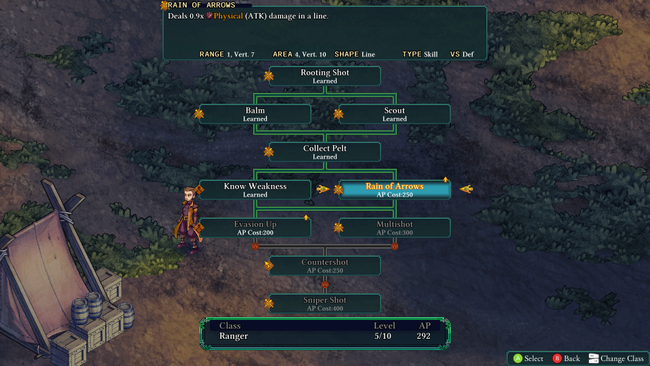
There's also a bit of discord between Fell Seal's portrait style compared to the in-game sprite models. It honestly took a bit of an adjustment period to get used to the general artstyle on the game maps, and while I did eventually acclimate to the taller sprites and puppet-like animations, it never quite clicked one hundred percent. I spent some extra time making sure my character models and portraits matched as close as possible for each of my characters, which helped a bit on that front.
Fell Seal offers full customization of character portraits and clothing along with a limited selection of options with respect to hairstyle and facial expression. I found it pretty neat that I could create a fixed look for even my generic recruited soldiers, but those that want a more classic experience can set it so that appearance changes along with class swaps. Completing certain objectives such as finishing a tournament could unlock a few other appearance options, which was neat but not something I took advantage of.
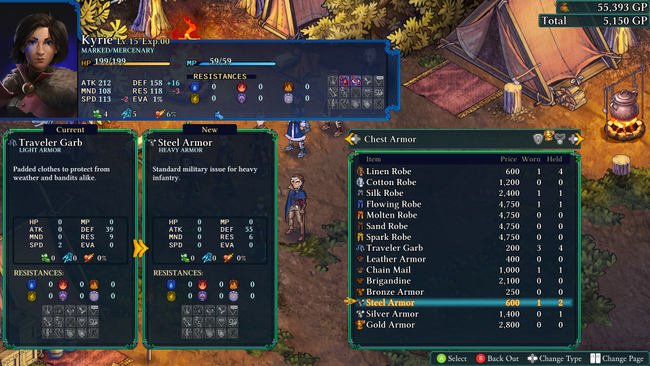
Outside of a couple of tournaments, there is a small set of side objectives and optional boss fights that help to distract from the primary plotline. Gathering materials can unlock a small handful of secret classes or unique weaponry, and there's one optional story character as well with a unique class. There's also a post-game dungeon of sorts that ties up loose ends and really puts even the strongest class combinations to the test. There's not an exhaustive list of activities, but it was enough to occupy about 40 hours to do everything.
Fell Seal: Arbiter's Mark is an easy game to recommend for those that are nostalgic for the Final Fantasy Tactics games but also want to try something new over simply revisiting that series. A competent game in its own right, I enjoyed my time with Fell Seal, though it's not likely one I would revisit over many of its contemporaries simply due to how derivative it can feel at times. Still, its a solid experience that strategy RPG fans should be able to find some enjoyment out of for the same reasons that left many of us wanting more games of this style in the first place.